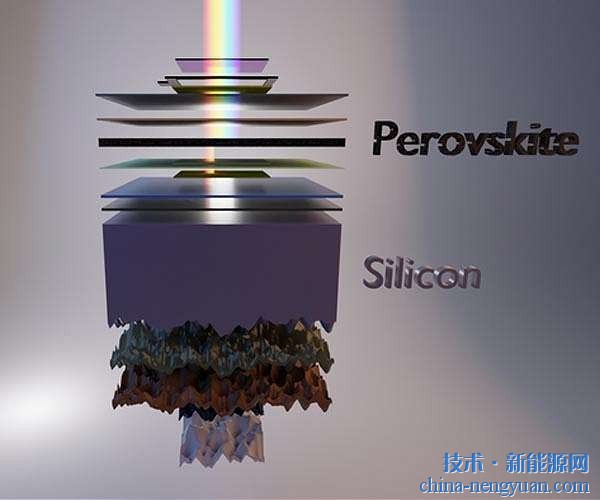At the dawn of summer, everyone’s sweat glands are “activated†by high temperatures. However, have you ever thought that the few drops of sweat that you just wiped off with a towel are likely to be the "saviors" that will save 1% of the battery's power. Yes, scientists are ready to redefine "new energy." While people are still thinking about using solar energy and biomass to generate electricity, the research team at the University of California, San Diego, has set its sights on humans themselves – they have designed a sweat-powered wearable device. For the current electronic devices on the market, the battery life is not high is an urgent need to improve the problem. Even the best in Apple's similar products, such as Apple Watch, have to face the dilemma of one-day battery charging. This has also led to a number of potential users taking a wait-and-see approach, or having given up playing for a period of time due to the inability to form behavioral habits (cycles of wearing, charging, wearing...). In order to solve this problem, people think of many ways to invent a lot of new technologies, such as wireless charging technology, and wearable mobile power. Using human sweat to charge electronic devices, will this brain-opening solution lead to better charging results? The research team demonstrated this sweat-worn wearable device. The core of the wearable device is a 2cm-wide "patch" - an attached bar smart sensor that can drive low-power bluetooth broadcast modules (Bluetooth Low Energy Radio) for several days. Jonathan Wang, a distinguished professor at the University of California San Diego and director of the Department of Nanoengineering, said: “We used conventional biofuel cell technology to harness the enzymatic reactions of biofuels to generate electricity and conduct it into people’s skin. And, in order to use sweat as a From the source of biofuels, we have developed a conformal biofuel cell that is highly ductile and can be attached to humans and then extract energy from lactic acid in sweat." In addition, this technology is far more efficient than other similar charging technologies. Studies have shown that this wearable biofuel cell has a record of the highest power density of the same type of cell so far. The related paper was published in "Energy and Environmental Science". Prof. Wang said that this research hopes to achieve the goal of charging the device while running. Currently, his team is working on increasing battery power and trying to integrate batteries with everyday wearable devices. There is no doubt that this is a novel and interesting concept. At the same time, people are very much looking forward to what kind of finished product this project will eventually give us. Of course, the project itself also needs to face many problems. For example, in the experiment, they only drive a low-power Bluetooth broadcast module. In real life, how much sweat is needed to ensure that a device with more functions and greater power consumption can operate normally? Can ordinary consumers afford such a product? ...... If this technology can really fall to the ground, it is not surprising that people will stick to this type of fitness in the future. Fan Light,Ceiling Fan Light,Led Ceiling Lamp Light,Led Ceiling Fan JIANGMEN MOSCOT OPTOELECTRONIC TECHNOLOGY CO.,LTD. , https://www.jmsensorsled.com